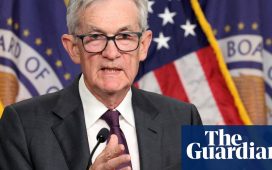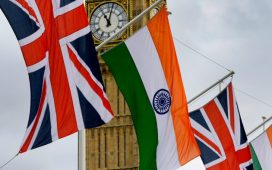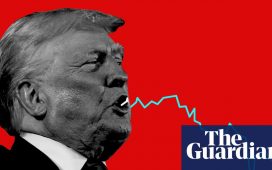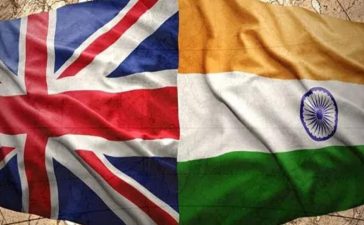Unlock the Editor’s Digest for free
Roula Khalaf, Editor of the FT, selects her favourite stories in this weekly newsletter.
The Federal Reserve has said it could start lowering interest rates as soon as September, after US policymakers voted to hold borrowing costs at a 23-year high for the eighth meeting in a row.
“A reduction in our policy rate could be on the table as soon as the next meeting in September,” Fed chair Jay Powell told a press conference on Wednesday, adding that there had been “a real discussion” at the Federal Open Market Committee this week about cutting rates.
The FOMC flagged “further progress” towards lowering inflation to its 2 per cent goal. But officials would need even “greater confidence” before they were willing to cut.
“The second quarter’s inflation readings have added to our confidence and more good data would further strengthen that confidence,” Powell said, bolstering market expectations of a quarter-point cut in September.
The Fed no longer needed to be “100 per cent focused on inflation”, underscoring its shift to safeguarding the labour market. In the event of a more significant economic downturn, Powell reiterated that the central bank would respond to that, but made clear that it was not considering cutting rates by larger, half-a-percentage point increments.
In recognition of newfound concerns over the labour market confronting the Fed, the FOMC said on Wednesday that it was “attentive to the risks to both sides of its dual mandate”, affirming that it no longer viewed inflation as the foremost issue, but rather that a rising unemployment rate was also top of mind as it charts out its policy path.
The Fed’s September meeting, at which it is expected to lower its benchmark interest rate by a quarter point from its current 5.25-5.5 per cent, will be the last one before November’s presidential election.
Donald Trump, the Republican candidate for the presidency, warned Powell recently not to cut rates before November’s election, saying that if elected he would let the Fed chair serve out his term if he was “doing the right thing”.
“We never use our tools to support or oppose a political party or a politician or any political outcome,” Powell said on Wednesday.
Short-term Treasury yields dropped as Powell spoke, as investors added modestly to bets on rate cuts happening this year. Traders in the futures market are still betting on between two and three cuts, with the first coming in September, but slightly increased the odds of the central bank delivering three cuts by December.
The two-year Treasury yield, which moves with interest rate expectations, ticked lower, down 0.01 percentage points to 4.35 per cent.
The blue-chip S&P 500 and the tech-heavy Nasdaq, both higher on the day, added to gains.
After soaring to its highest level in decades after the pandemic, inflation is now declining steadily towards the central bank’s target.
The Fed’s preferred inflation gauge, based on the core personal consumption expenditures price index, is now at 2.6 per cent, having peaked at more than 5 per cent in 2022.
The US labour market is also beginning to slow from its earlier red-hot pace, with the unemployment rate rising over the past few months to 4.1 per cent. Wage pressures have also eased, new data on Wednesday showed.
The focus of Fed officials has shifted in recent months from taming runaway inflation to ensuring they do not damage the economy by holding rates too high for too long.
The central bank is trying to pull off a “soft landing”, in which inflation is brought down to target without tipping the economy into a recession.
So far, it appears to be succeeding, with price pressures declining without a sharp jump in lay-offs, as employers reduce hiring instead of cutting existing jobs. Powell on Wednesday said the odds of a hard landing were “low”.
The unanimous decision to keep rates on hold this month was widely expected.
As of June, most policymakers expected rates to fall to 4-4.25 per cent by the end of next year, before declining to about 3 per cent in 2026.









